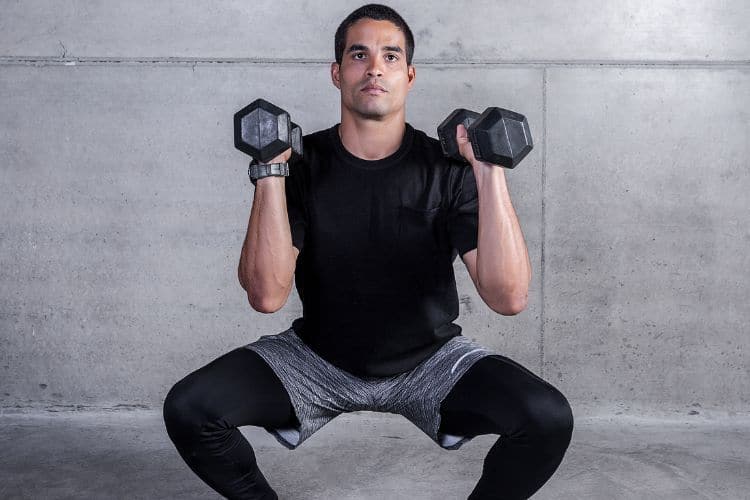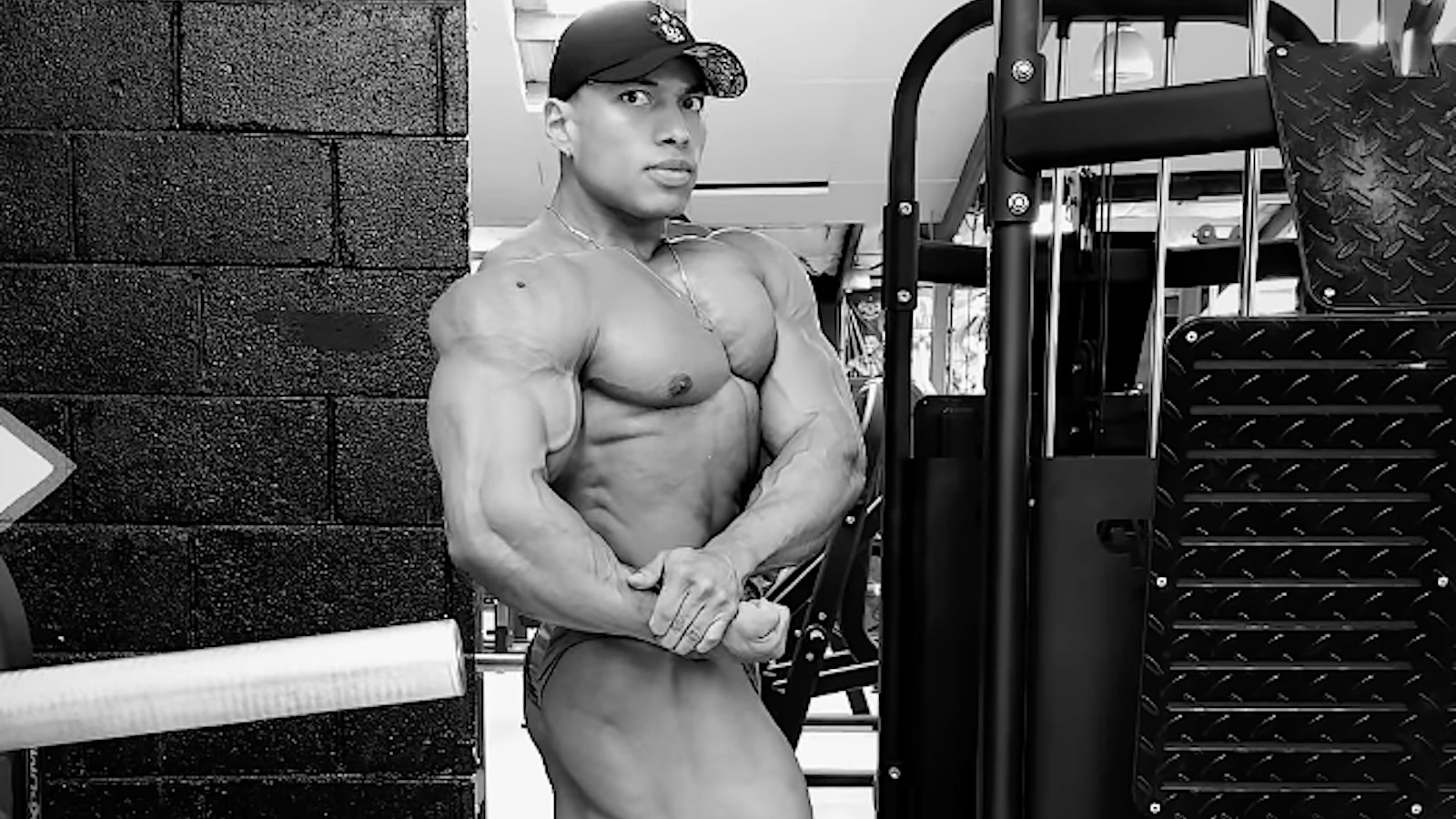
If you’re looking to build serious muscle, burn fat, and increase strength—all in under an hour with just dumbbells—this 60-minute dumbbell strength training workout is the perfect solution. Whether you’re training at home or in the gym, this full-body program targets every major muscle group using compound and isolation exercises designed for maximum results.
This comprehensive guide will walk you through a full 60-minute dumbbell workout, the benefits of dumbbell strength training, proper form tips, and how to customize the program based on your fitness level.
Why Choose a 60-Minute Dumbbell Strength Training Workout?
A 60-minute dumbbell strength workout is long enough to provide muscle hypertrophy (growth), progressive overload, and cardiovascular conditioning—all in one session. It’s ideal for intermediate to advanced lifters but can also be modified for beginners.
Benefits of a Full 60-Minute Dumbbell Workout:
- Efficient full-body training
- Builds strength and muscle
- Improves bone density
- Boosts metabolism and calorie burn
- Enhances coordination and stability
- Minimal equipment required
- Perfect for home or gym settings
Using only dumbbells allows for a wide range of motion and freedom of movement that can activate stabilizing muscles and reduce injury risk compared to machines.
Workout Structure: 60-Minute Dumbbell Strength Training Plan
This 60-minute dumbbell strength training workout is structured into five blocks:
- Warm-up (5-7 minutes)
- Lower Body Strength (15 minutes)
- Upper Body Strength (20 minutes)
- Core and Stability (10 minutes)
- Cooldown and Stretch (5-7 minutes)
Perform each block with intention and control, resting 30–60 seconds between sets depending on your fitness level.
Part 1: Warm-Up (5–7 Minutes) Dumbbell Strength Training
Start with dynamic movements to increase blood flow and prep your muscles for lifting.
Dumbbell Warm-Up Routine:
- Bodyweight Squats – 15 reps
- Arm Circles – 30 seconds forward/backward
- Jumping Jacks – 60 seconds
- Hip Bridges – 15 reps
- Torso Twists with Light Dumbbell – 20 reps
Add light dumbbells (5–10 lbs) to warm-up exercises like squats and shoulder presses to activate your muscles.
Part 2: Lower Body Strength Block (15 Minutes) Dumbbell Strength Training
This block focuses on compound leg movements and unilateral exercises to target your glutes, quads, hamstrings, and calves.
Exercise 1: Dumbbell Goblet Squat
- 3 sets x 10–12 reps
Hold a dumbbell at chest height. Keep your chest up and squat to parallel or lower.
2: Dumbbell Romanian Deadlift
- 3 sets x 10–12 reps
Hinge at the hips with a slight knee bend, keeping dumbbells close to the legs. Focus on hamstring engagement.
3: Dumbbell Bulgarian Split Squat (Each Leg)
- 3 sets x 8–10 reps per leg
Place your rear foot on a bench or box. Lower into a lunge with control.
4: Dumbbell Standing Calf Raises
- 3 sets x 15–20 reps
Hold dumbbells at your sides. Raise your heels off the ground, squeeze at the top.
Tip: Choose a weight that challenges you in the last 2 reps of each set without compromising form.
Part 3: Upper Body Strength Block (20 Minutes) Dumbbell Strength Training
Build strength in your chest, back, shoulders, biceps, and triceps with push-pull supersets.
Superset A: Chest + Back
1A. Dumbbell Bench Press (or Floor Press)
- 3 sets x 10–12 reps
1B. Dumbbell One-Arm Row - 3 sets x 10–12 reps per side
B: Shoulders + Back
2A. Dumbbell Arnold Press
- 3 sets x 10 reps
2B. Dumbbell Rear Delt Fly - 3 sets x 12–15 reps
C: Biceps + Triceps
3A. Dumbbell Hammer Curls
- 3 sets x 10–12 reps
3B. Dumbbell Overhead Triceps Extension - 3 sets x 10–12 reps
Form Tip: Avoid swinging the dumbbells or using momentum. Controlled movement ensures muscle activation and reduces injury risk.
Part 4: Core and Stability (10 Minutes) Dumbbell Strength Training
Strengthen your core to improve posture, balance, and lifting power.
Exercise 1: Dumbbell Russian Twists
- 3 sets x 20 reps (10 per side)
Hold a light dumbbell and twist side-to-side with control.
2: Dumbbell Plank Row (Renegade Row)
- 3 sets x 10 reps per arm
Maintain a plank position. Row one dumbbell at a time, engaging your core.
3: Dumbbell Leg Raises
- 3 sets x 12–15 reps
Hold a dumbbell between your feet (optional) and lift your legs while keeping your core tight.
Pro Tip: Keep your core braced throughout each movement. Avoid arching your lower back.
Part 5: Cool Down and Stretch (5–7 Minutes) Dumbbell Strength Training
Finish your session by reducing your heart rate and lengthening your muscles.
Suggested Cool-Down:
- Child’s Pose – 60 seconds
- Seated Forward Fold – 60 seconds
- Figure Four Stretch – 30 seconds each leg
- Chest Opener with Dumbbell Support – 60 seconds
- Shoulder Rolls – 30 seconds each direction
Stretching helps reduce soreness, improves recovery, and enhances flexibility.
Modifications and Progressions
Beginner Tips:
- Use lighter weights (5–15 lbs)
- Reduce sets to 2 per exercise
- Rest up to 90 seconds between sets
- Focus on mastering form before increasing intensity
Intermediate to Advanced:
- Increase dumbbell load gradually
- Add more volume (extra sets/reps)
- Try supersets or tempo training
- Decrease rest to 30 seconds for more intensity
Weekly Schedule with the 60-Minute Dumbbell Strength Training Workout
You can use this 60-minute workout 2–3 times per week, ensuring at least 48 hours between full-body sessions. Here’s a sample split:
| Day | Workout |
|---|---|
| Monday | 60-Minute Dumbbell Strength Workout |
| Tuesday | Cardio or Active Recovery |
| Wednesday | 60-Minute Dumbbell Strength Workout |
| Thursday | Mobility or Light Cardio |
| Friday | 60-Minute Dumbbell Strength Workout |
| Saturday | HIIT or Conditioning |
| Sunday | Rest or Yoga |
Tips for Maximizing Dumbbell Strength Training Results
1. Track Your Progress
Record weights, sets, and reps each workout to ensure progressive overload over time.
2. Fuel Your Body
Consume a protein-rich meal post-workout to aid muscle repair and growth.
3. Prioritize Recovery
Muscles grow during rest. Aim for 7–9 hours of quality sleep and manage stress levels.
4. Stay Consistent
Consistency beats perfection. Stick with the program for at least 4–6 weeks before making major changes.
5. Hydration and Warm-Up
Drink plenty of water and never skip your warm-up and cooldown. They are essential parts of your training.
Equipment Needed for This Dumbbell Strength Training Workout
All you need is a set of dumbbells—adjustable or fixed-weight. Ideally, have access to:
- Light (5–15 lbs)
- Moderate (15–30 lbs)
- Heavy (30–50+ lbs)
Optional but helpful:
- Workout bench or sturdy surface
- Yoga mat
- Timer or stopwatch
- Water bottle
Is 60 Minutes of Dumbbell Strength Training Enough?
Absolutely! A well-structured 60-minute dumbbell workout can deliver incredible results when done consistently and with effort. This program not only targets every major muscle group but also improves balance, endurance, and total-body strength.
Whether you’re training for aesthetics, fat loss, or functional strength, this routine is an excellent foundation. It offers variety, challenges, and adaptability—all while requiring just a set of dumbbells and an hour of your day.
Ready to Get Stronger?
Start your 60-minute dumbbell strength training workout today and experience the transformation. Pair this with proper nutrition and recovery, and you’ll be well on your way to a stronger, leaner, more powerful version of yourself.










